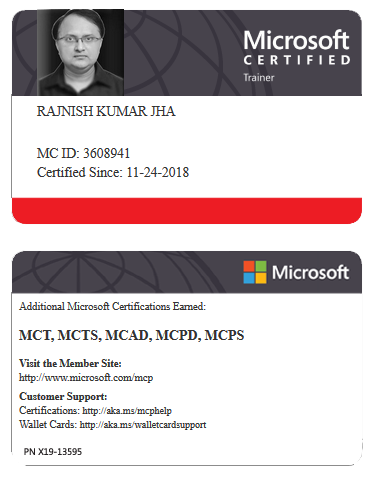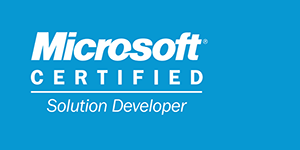Familiarize yourself with the delivery schedule and distinct types of triggers available in Azure DevOps
Delivery cadence and triggers in Azure DevOps help teams automate and control their pipelines, ensuring efficient and consistent software delivery. Here's an overview focusing on the Continuous Deployment Trigger, Scheduled Trigger, and Manual Trigger.
1. Delivery Cadence
Definition
Delivery cadence refers to the rhythm or frequency at which software is built, tested, and deployed. It determines how often new features, updates, and fixes reach the target environment.
Types of Delivery Cadence
Continuous Integration (CI): Automatically integrates and tests code changes to catch errors early.
Continuous Delivery (CD): Automates the deployment of validated builds to staging or other environments, ensuring the software is always ready for release.
Continuous Deployment: Extends Continuous Delivery by automating the deployment of changes directly to production without manual approval.
Why Delivery Cadence Matters
Accelerates feedback loops.
Reduces the risk of deployment errors.
Increases team alignment and delivery predictability.
2. Triggers in Azure DevOps
Triggers in Azure DevOps are mechanisms to initiate pipeline execution based on specific conditions. Let’s focus on the Continuous Deployment Trigger, Scheduled Trigger, and Manual Trigger.
Continuous Deployment Trigger
Definition:
Automatically deploys artifacts from a build pipeline to the specified environment when a new version is available.
Use Case:
Automate production or staging deployments after a successful build.
Configuration:
Enable in the release pipeline settings under the Artifact tab.
Example for YAML pipelines:
xxxxxxxxxx51resources2 pipelines3pipelinemyBuildPipeline4 sourcemyBuildDefinition5 triggertrueBest Practices:
Use deployment gates or approvals for sensitive environments like production.
Combine with tests to validate the deployment before it goes live.
Scheduled Trigger
Definition:
Runs pipelines at predefined times or intervals, such as daily or weekly.
Use Case:
Regular maintenance tasks, nightly builds, or comprehensive tests.
Configuration:
Define schedules in YAML or pipeline settings.
Example in YAML:
xxxxxxxxxx61schedules2cron"0 3 " # Runs daily at 3 AM3 displayName"Nightly Build"4 branches5 include6mainBest Practices:
Use off-peak hours for resource-intensive tasks to minimize impact.
Monitor and adjust schedules based on team and business needs.
Manual Trigger
Definition:
Executes the pipeline only when triggered manually by a user.
Use Case:
One-off tasks, ad-hoc testing, or when changes need review before deployment.
Configuration:
No specific YAML configuration is required for manual triggers.
Pipelines without other triggers automatically default to manual execution.
Best Practices:
Use for pipelines requiring approvals or inspections before execution.
Combine with detailed documentation or templates to ensure consistency.
3. Comparison of Triggers
| Trigger Type | Use Case | Initiation Method | Advantages |
|---|---|---|---|
| Continuous Deployment | Automatically deploys changes. | Artifact updates from a build pipeline. | Ensures quick delivery of validated code. |
| Scheduled | Periodic and predictable runs. | Time-based (e.g., cron expressions). | Ideal for regular maintenance or large tests. |
| Manual | Controlled and on-demand execution. | User-initiated from the Azure DevOps portal. | Provides maximum control over pipeline execution. |
4. Combining Triggers for Effective Delivery Cadence
Use Continuous Deployment Triggers for real-time artifact updates.
Schedule nightly builds or tests with Scheduled Triggers for comprehensive validation.
Employ Manual Triggers for pipelines that require human oversight or approvals.
5. Practical Example
Scenario:
A team needs to automate artifact deployment while ensuring nightly testing and manual control for production releases.
Continuous Deployment: Automatically deploy builds to a development environment.
Scheduled Trigger: Run nightly tests and security scans at 2 AM.
Manual Trigger: Allow production deployment only after manual approval.
Configuration in YAML:
xxxxxxxxxx181triggernone # Manual trigger by default2schedules3cron"0 2 " # Nightly trigger4 displayName"Nightly Test"5 branches6 include7main8resources9 pipelines10pipelinemyBuildPipeline11 sourcemyBuildDefinition12 triggertrue # Continuous Deployment trigger13stages14stageDeploy15 jobs16jobDeployJob17 steps18scriptecho "Deploying to environment"Summary
By understanding and strategically configuring Continuous Deployment, Scheduled, and Manual Triggers, teams can align their delivery cadence with business needs. This approach ensures automation where possible, regular maintenance, and human oversight when necessary for optimal software delivery.






















Leave a Reply